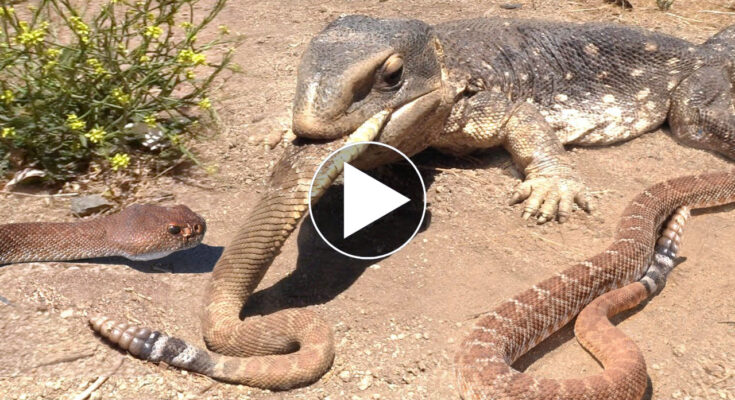Lizards have the remarkable ability to locate rattlesnakes in their natural habitats. This skill is particularly fascinating, as it showcases the lizard’s keen senses and adaptability in the wild. By utilizing their acute vision and olfactory capabilities, lizards can detect the presence of rattlesnakes, which are often camouflaged within their surroundings. This ability not only aids in their survival but also plays a crucial role in the ecosystem, as it helps maintain the balance between predator and prey.
The interaction between lizards and rattlesnakes is a testament to the intricate relationships that exist within ecosystems. Lizards, being agile and quick, can often evade potential threats posed by rattlesnakes, which are known for their venomous bites. By identifying the locations of these snakes, lizards can navigate their environment more safely, avoiding encounters that could be detrimental to their health. This behavior highlights the evolutionary adaptations that have developed over time, allowing lizards to thrive in environments where rattlesnakes are present.
Furthermore, the ability of lizards to find rattlesnakes may also serve as a survival strategy for other species within the same habitat. By being aware of the locations of these predators, lizards can alert other animals to potential dangers, thereby fostering a sense of community awareness among various species. This interconnectedness emphasizes the importance of each organism’s role in the ecosystem, illustrating how even the smallest creatures can have significant impacts on their environment and the survival of others.
Apache Great White Shark.
Crocodile World Erha.
cat kisses a mouse.



